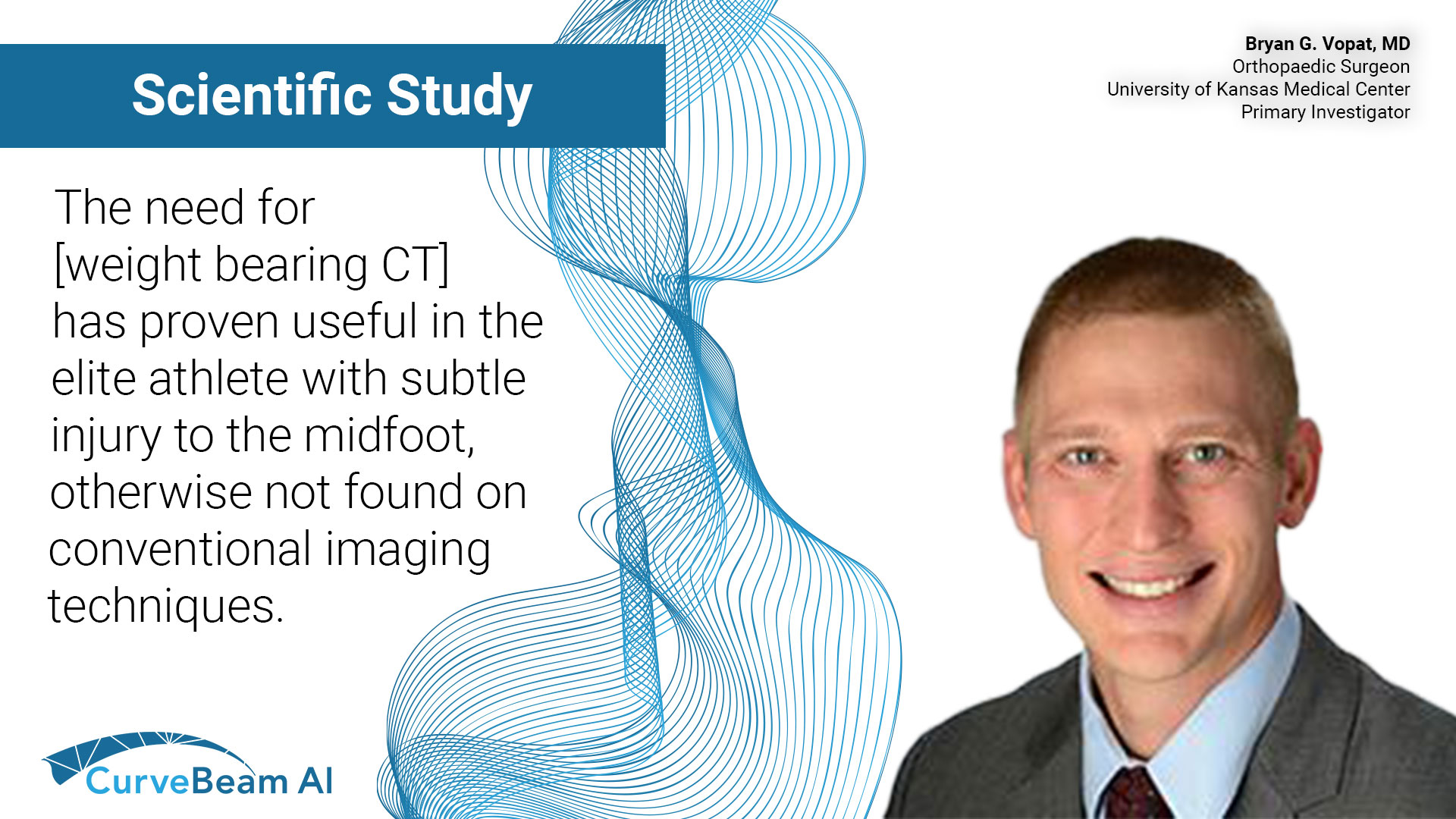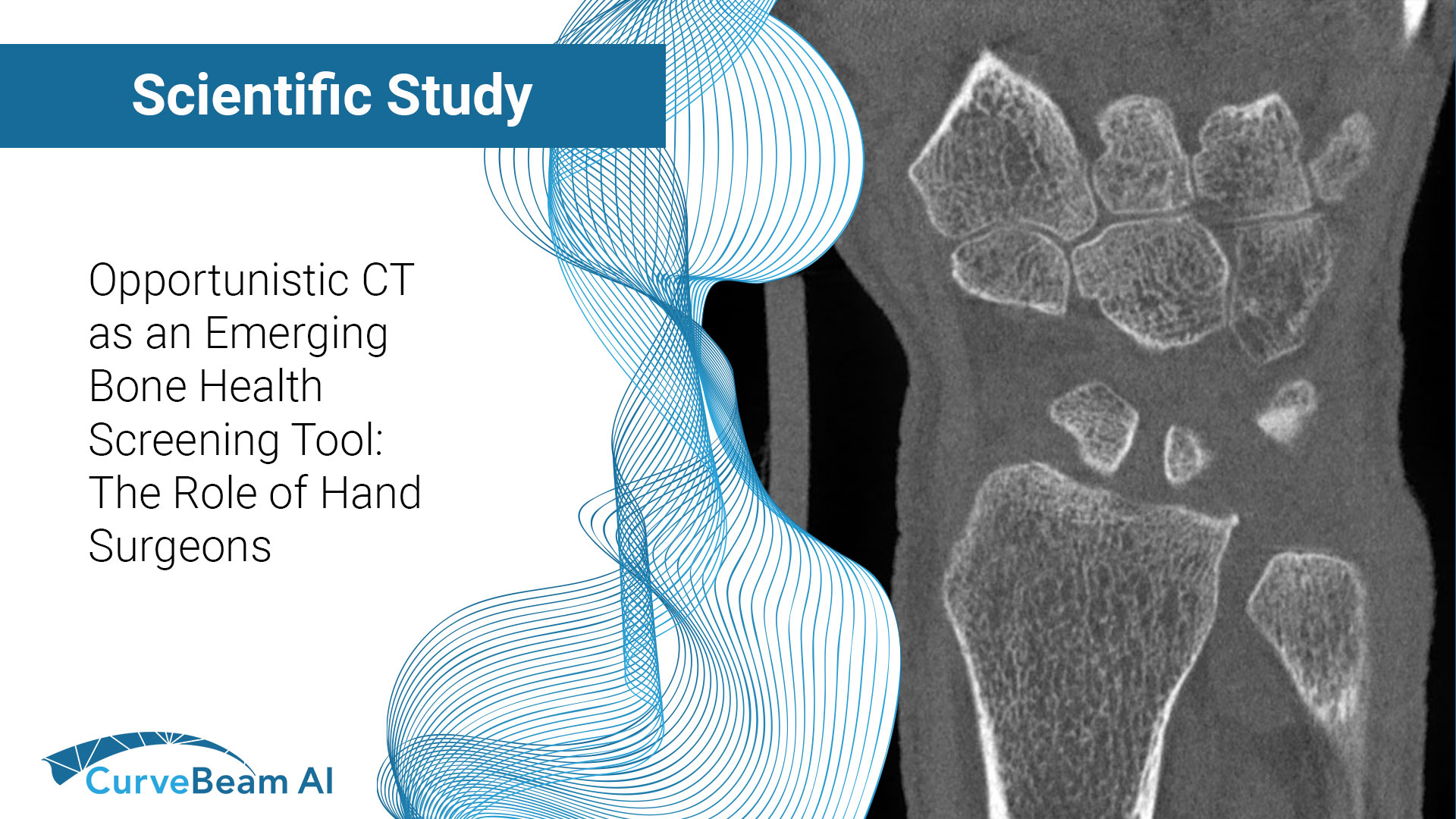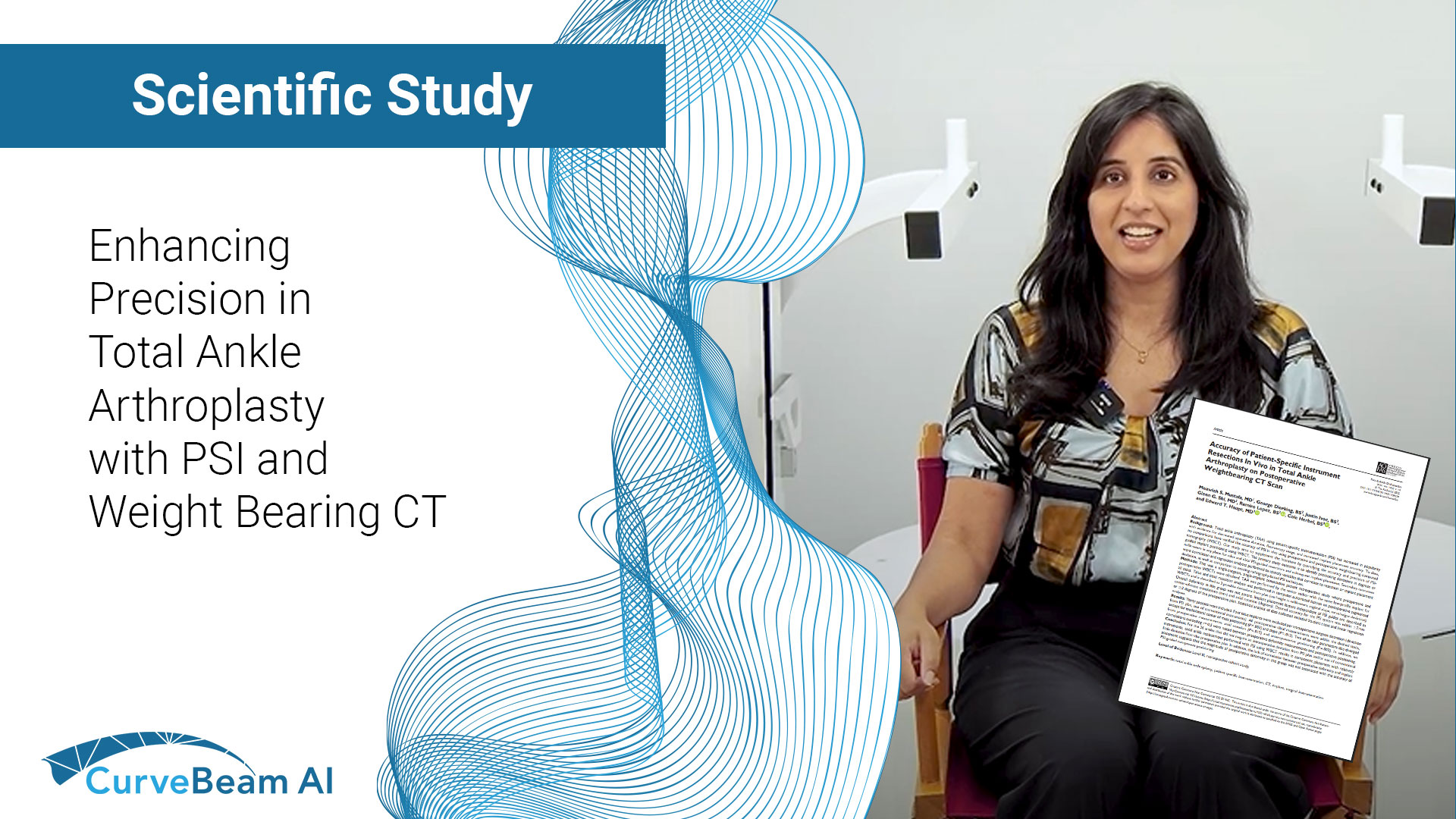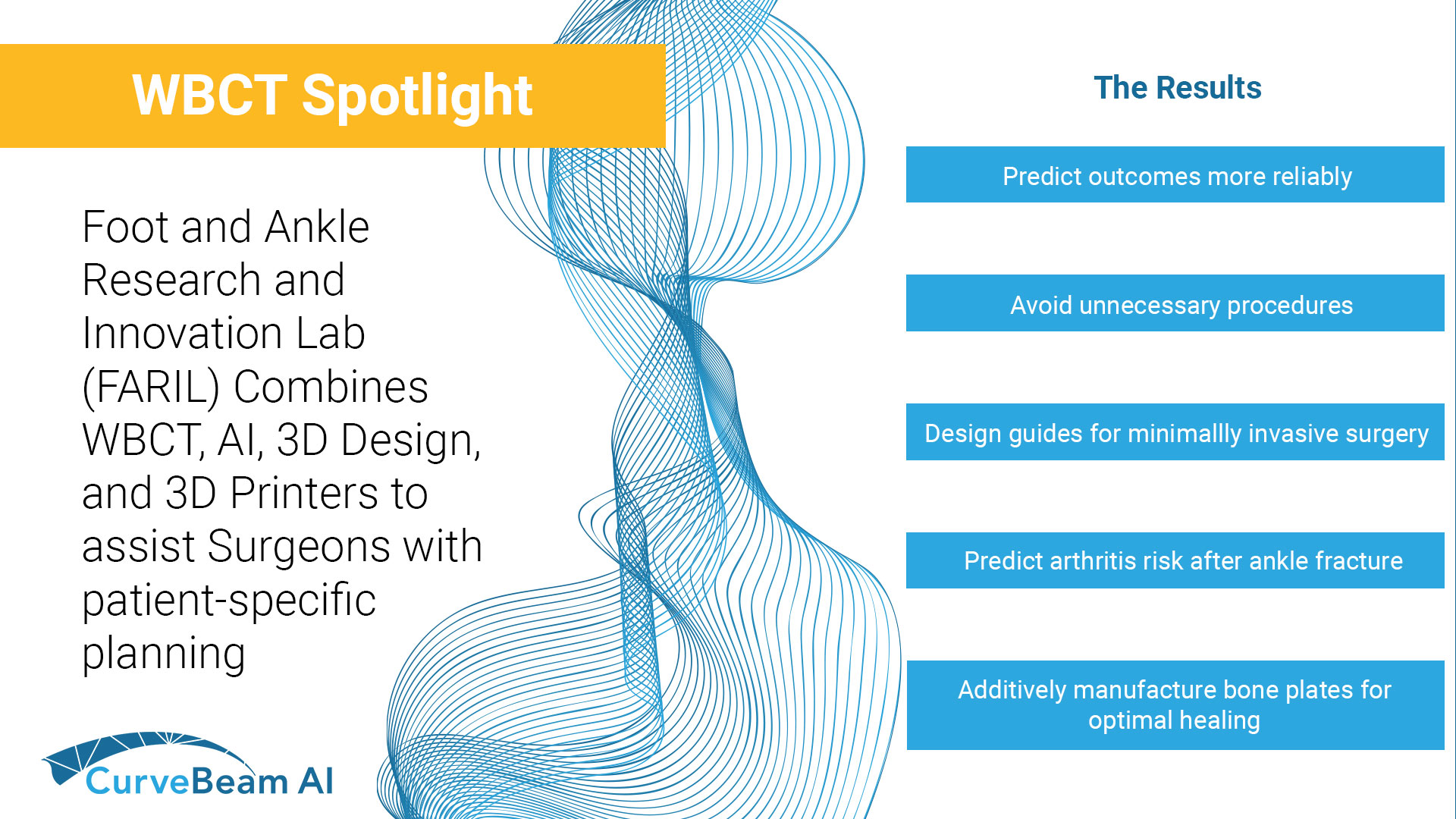Fragility fractures are often the first visible sign of underlying osteoporosis but too often, they…

Case Study: Augmented Stress Weight Bearing CT for Evaluation of Subtle Lisfranc Injuries in Elite Athletes
Key Points:
- Subtle Lisfranc injuries often go undiagnosed which can lead to devastating consequences and poor functional outcomes for elite athletes.
- An augmented stress weight bearing CT (WBCT) is a simple technique to improve the ability to detect subtle Lisfranc instability.
- WBCT has a higher sensitivity (92.3%) when compared to traditional radiographs (X-Ray) (76.1%) for detecting instability in Lisfranc injuries.
Lisfranc injuries refer to a disruption or displacement of the first and second metatarsal bases or between the medial cuneiform and the second metatarsal base when compared to the contralateral side. This articulation in an uninjured state is stabilized during pronation and abduction by a strong ligamentous complex. Subtle Lisfranc injuries can go undiagnosed on conventional imaging leading to devastating consequences and poor functional outcomes for elite athletes.
Dr. Bryan G. Vopat, MD et al out of the University of Kansas Medical Center in Kansas City, KS, aimed to present a novel imaging technique using WBCT with enhanced stress to identify subtle, dynamically unstable Lisfranc injuries.
Case Report
A 22-year-old collegiate football lineman sustained a Lisfranc injury. Initial WB X-Rays did not show evidence of widening between the medial cuneiform and second metatarsal base. An MRI was ordered, which revealed a small bony avulsion off the plantar aspect of the second metatarsal base with an otherwise intact Lisfranc ligament.
The athlete underwent augmented stress WBCT (a method where the patient is coached to lift both heels from the scanner platform symmetrically, in a calf-raise-type exercise while distributing weight as evenly as possible between the feet so that the affected side is stressed sufficiently), which revealed greater than 2mm of widening between the first and second metatarsals when compared to the contralateral side, indicating instability of the Lisfranc joint. The lateral subluxation of the second metatarsal base with respect to the medial aspect of the middle cuneiform became evident, characterized by increased excursion when compared to the conventional WBCT images.
The WBCT images lead to the athlete having surgery for open reduction internal fixation of the Lisfranc joint with one 4.5mm solid screw placed from the medial cuneiform to the second metatarsal. Postoperatively, the patient was treated with the Lisfranc protocol used by University of Kansas athletic trainers, had a planned implant removal after 5 months, and was able to return to football the following season without restriction.
Researchers noted the importance of the sensitivity between traditional X-Ray, estimated at 76.1%, with the diagnostic sensitivity in nondisplaced injuries estimated at only 65.4%. WBCT was estimated with a higher sensitivity at 92.3%, though this study did not clarify the distinction in displaced versus nondisplaced injuries or define the proficiency in the detection of instability.
It was concluded that WBCT imaging techniques in elite athletes for Lisfranc injuries offer prompt diagnosis, due to the simple nature of the technique, and effective treatment which is essential for elite athletes. The technique is not time consuming, nor does it drastically increase costs. It is simple to implement in clinical practice, while providing increased sensitivity for injury detection and detection of instability, avoiding poor outcomes for some athletes.
To read the fully study click here.




